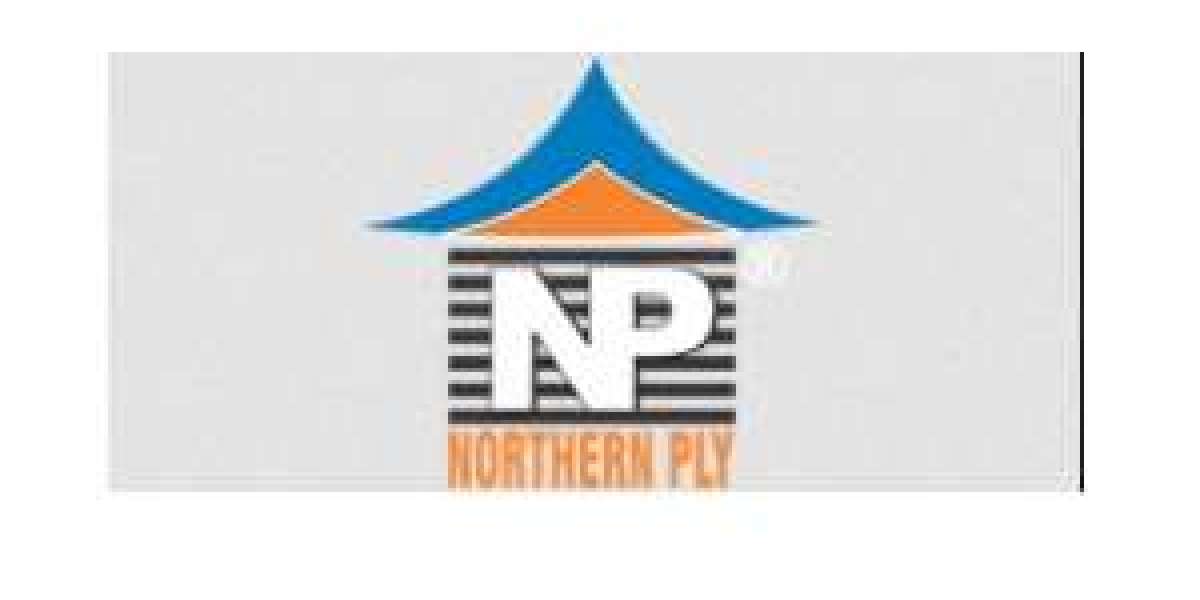In today's rapidly evolving healthcare landscape, one of the most significant challenges facing medical practices is the pre-authorization process. This bureaucratic hurdle, required by insurance companies to determine the medical necessity of treatments, has become a pervasive and time-consuming task for healthcare providers.
The intricacies of the insurance prior authorization process, its impact on medical practices, and potential strategies to mitigate its burdensome effects.
The Pre-Authorization Process: An Overview
Pre-authorization, also known as prior authorization, is a cost-containment mechanism employed by insurance companies. Before a healthcare provider can deliver certain medical services, they must obtain approval from the patient's insurance carrier. This process is intended to ensure that the proposed treatment is medically necessary and cost-effective.
The steps involved in pre-authorization typically include:
Submission: The healthcare provider submits a request for authorization, including detailed patient information, proposed treatment plans, and relevant medical records.
Review: Insurance company reviewers, often nurses or other clinical staff, assess the request based on predetermined criteria and clinical guidelines.
Approval or Denial: The insurance company decides to approve or deny the request. In some cases, additional information or a peer-to-peer review with the prescribing physician is required.
Notification: The provider and patient are notified of the decision. If denied, the provider may appeal the decision.
The Impact on Medical Practices
The pre-authorization process, while designed to control costs and ensure appropriate care, has significant repercussions for medical practices.
The healthcare practice consulting services provide tailored support to medical practices, helping them navigate complex administrative and operational challenges, including pre-authorization processes.
These impacts include:
Administrative Burden
One of the most immediate and tangible effects of pre-authorization is the administrative burden it places on healthcare providers. According to a survey by the American Medical Association (AMA), physicians and their staff spend an average of nearly two business days per week completing prior authorizations.
This administrative workload diverts time and resources away from direct patient care, contributing to burnout among healthcare providers.
Financial Strain
The administrative burden of pre-authorization also translates into financial strain for medical practices. The need to hire additional staff or allocate significant time to handle authorization requests increases operational costs. Furthermore, delays in obtaining authorization can postpone treatment, potentially leading to poorer patient outcomes and financial losses due to cancelled or rescheduled procedures.
Patient Care and Outcomes
The pre-authorization process can adversely affect patient care and outcomes. Delays in treatment approval may lead to the progression of illnesses, prolonged suffering, and reduced effectiveness of interventions. In some cases, patients may abandon recommended treatments due to the complexity and length of the authorization process, further compromising their health.
Strategies to Mitigate the Challenges
Given the substantial challenges posed by pre-authorization, medical practices must adopt strategies to mitigate its impact. These strategies include:
Leveraging Technology
Healthcare practices can utilize health information technology (HIT) systems to streamline the pre-authorization process. Electronic health records (EHR) and practice management software can automate the submission of authorization requests, track their status, and ensure that required documentation is complete and readily accessible.
Advocacy and Policy Engagement
Medical associations and healthcare providers can engage in advocacy efforts to influence policy changes that simplify and standardize the pre-authorization process. By working with lawmakers and regulatory bodies, healthcare professionals can push for reforms that reduce administrative burdens and improve patient access to necessary care.
Training and Education
Investing in staff training and education on the pre-authorization process can enhance efficiency and reduce errors. Well-trained staff can navigate the complexities of insurance requirements more effectively, ensuring timely and accurate submissions.
Collaborative Relationships with Insurers
Building collaborative relationships with insurance companies can also mitigate pre-authorization challenges. By fostering open communication and mutual understanding, healthcare providers and insurers can work together to streamline processes and address issues promptly.
Conclusion
The pre-authorization process is a significant challenge for medical practices, imposing administrative burdens, financial strains, and potential negative impacts on patient care. However, by leveraging technology, engaging in advocacy, investing in staff training, and fostering collaboration with insurers, healthcare providers can mitigate these challenges.
As the healthcare landscape continues to evolve, addressing the complexities of pre-authorization will be essential to ensuring that medical practices can provide timely, effective, and patient-centered care.









